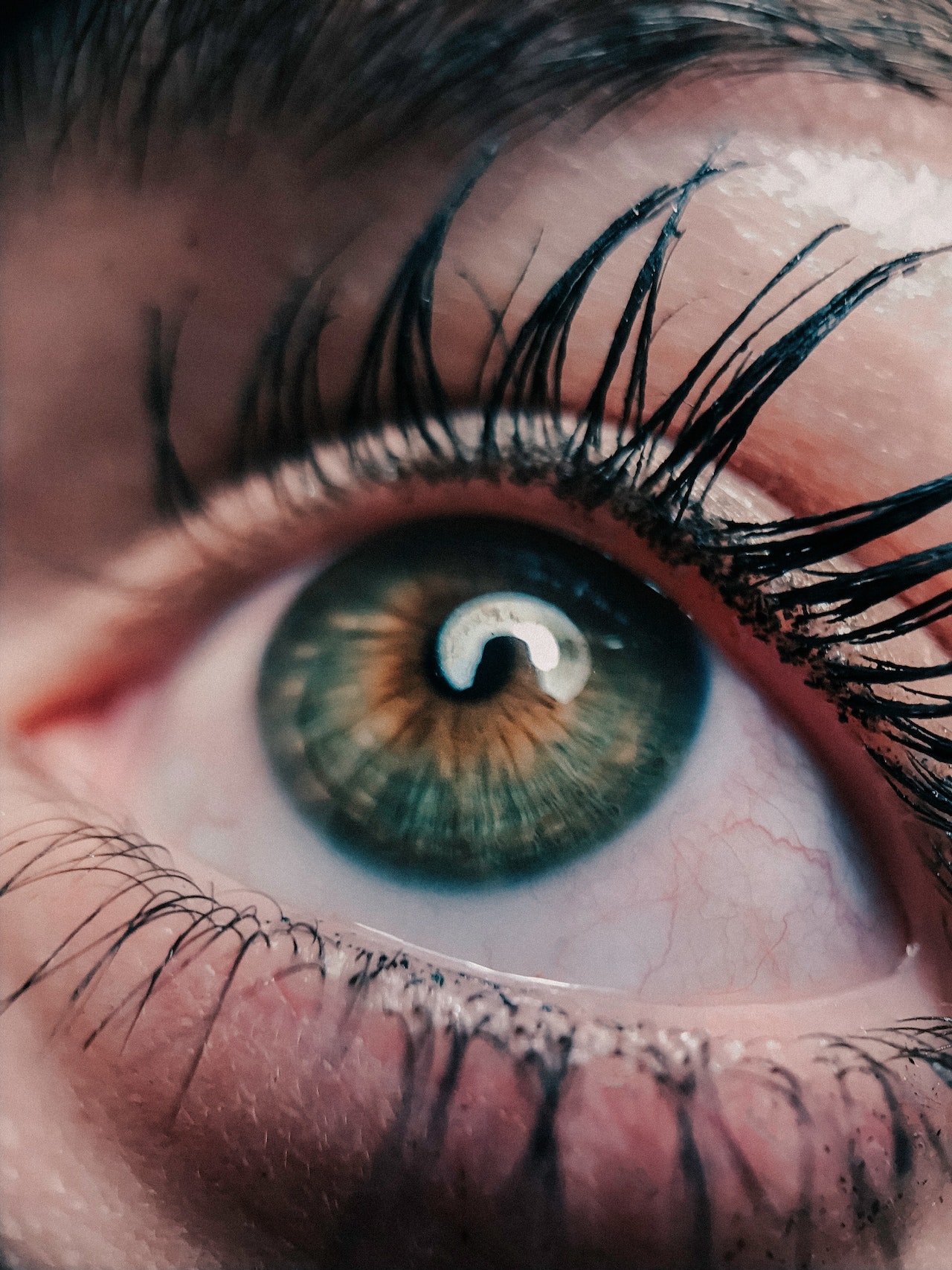While there have been tremendous advances in the medical field, there are still many conditions that have no treatment or cure. Eye diseases and conditions are especially difficult to treat due to the delicate nature of the eye. One such eye disease is retinitis pigmentosa—a degenerative disorder of the retina that leads to progressive vision loss and eventual blindness. There is currently no treatment or cure for this condition, and it affects approximately 1 in 4,000 people worldwide. In this article, we’ll take a closer look at retinitis pigmentosa, explore its symptoms and discuss how it can be managed to preserve what vision remains. We’ll also discuss possible treatments that are being investigated.
What is age-related macular degeneration?
Age-related macular degeneration (AMD) is a type of eye disease that causes vision loss in older adults. AMD affects the macula, which is the center of the retina and is responsible for sharp central vision. With AMD, the macula deteriorates over time, resulting in blurred or no central vision. Although there is no cure for AMD, treatments are available to slow down its progression and improve vision.
Read More : How rare are Sanpaku Eyes
Symptoms of age-related macular degeneration
As we age, the likelihood of developing age-related macular degeneration (AMD) increases. AMD is a degenerative disease of the retina that causes central vision loss. Although there is no cure for AMD, early detection and treatment can slow the progression of the disease and preserve vision.
The most common symptom of AMD is a gradual loss of central vision. As the disease progresses, straight lines may appear wavy and objects may appear blurred. Colors may also seem less vibrant. Some people with AMD also experience changes in their night vision or a decrease in their peripheral vision.
If you are over the age of 50 and have noticed any changes in your vision, it is important to see an eye care professional for a comprehensive eye exam. Early diagnosis and treatment of AMD can help slow the progression of the disease and preserve your vision.
Who is at risk for age-related macular degeneration?
Age-related macular degeneration (AMD) is a leading cause of vision loss in older adults. While there is no cure for AMD, early detection and treatment can slow the progression of the disease and help preserve vision.
There are several risk factors for AMD, including age, smoking, and family history. People with light skin color and blue or green eyes are also at increased risk. While you can’t change your age or family history, quitting smoking and protecting your eyes from ultraviolet (UV) light can help reduce your risk of developing AMD.
Also Check it : Celebrities with Sanpaku Eyes
How is age-related macular degeneration diagnosed?
There are several ways that age-related macular degeneration (AMD) can be diagnosed. One way is by looking at the back of the eye with an ophthalmoscope. This tool allows the doctor to see the retina, which is the layer of tissue at the back of the eye that is responsible for vision. If there are any changes in the retina, such as thinning or bleeding, this could be a sign of AMD.
Another way to diagnose AMD is by doing a visual acuity test. This test measures how well you can see from a distance. If you have AMD, you may have difficulty seeing things that are far away.
You may also need to have a special type of imaging test called fluorescein angiography. This test involves injecting a dye into your arm and then taking pictures of your eye. The dye helps to show any areas of leakage or damage in the retina.
If you think you may have AMD, it is important to see an eye doctor for a proper diagnosis.
Treatments for age-related macular degeneration
Age-related macular degeneration (AMD) is a progressive eye condition that damages the macula, the central area of the retina responsible for clear vision. Although there is no cure for AMD, treatments are available to slow its progression and preserve vision.
The most common treatment for early-stage AMD is anti-vascular endothelial growth factor (VEGF) therapy, which involves injecting medications into the eye to stop the growth of abnormal blood vessels. For more advanced stages of AMD, laser surgery may be used to destroy abnormal blood vessels or help reduce fluid buildup in the macula. In some cases, low-vision devices such as magnifiers can help patients make the most of their remaining vision.
If you have been diagnosed with AMD, it’s important to work with an experienced eye care team to develop a treatment plan that’s right for you. With early diagnosis and treatment, you can help protect your vision and maintain your quality of life.
Also Read : What Causes Sanpaku Eyes
Living with age-related macular degeneration
Age-related macular degeneration (AMD) is a progressive eye condition that affects the central vision. It is the leading cause of blindness in people over the age of 50. There is no cure for AMD, but there are treatments that can help to slow its progression and preserve vision.
If you have been diagnosed with AMD, it is important to monitor your vision and see an eye care professional regularly. There are two types of AMD – dry and wet. Dry AMD is the most common type, and it progresses slowly. Wet AMD is less common, but it can progress quickly and cause severe vision loss.
There are several treatment options available for wet AMD, including anti-VEGF therapy and laser surgery. Anti-VEGF therapy involves injections of medication into the eye to block the growth of new blood vessels. Laser surgery uses a high-energy beam of light to destroy abnormal blood vessels.
For dry AMD, there is no specific treatment, but there are things that you can do to help preserve your vision, such as quitting smoking, eating a healthy diet, and taking supplements of vitamins C and E.
Conclusion
While there are treatments available for a variety of eye diseases, unfortunately some do not have an available treatment. Age-related Macular Degeneration (AMD) is one such condition that currently has no cure or treatment; however, research is ongoing in hopes of finding new ways to treat the disease. The best way to prevent AMD and other eye conditions from occurring or worsening is to maintain healthy vision habits such as wearing sunglasses and avoiding smoking. With early detection and routine eye checkups, AMD can be managed with lifestyle modifications so that it does not worsen significantly over time.
